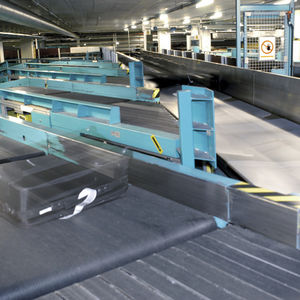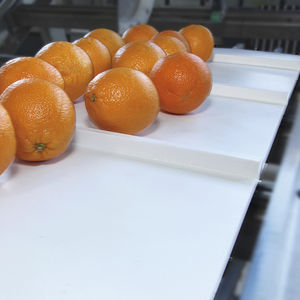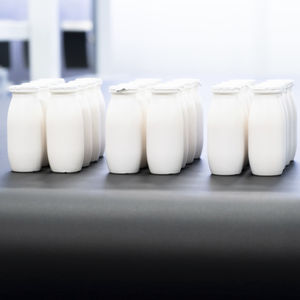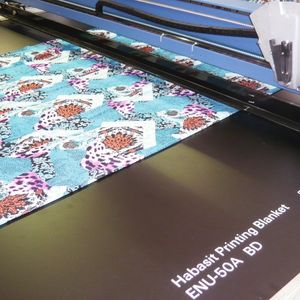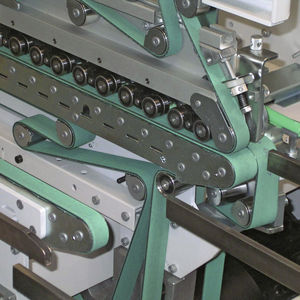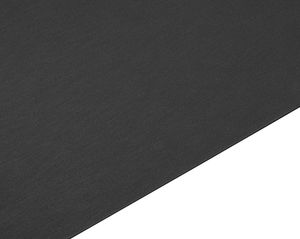
- Products
- Catalogs
- News & Trends
- Exhibitions
TPO conveyor belt Cleanlinesmoothfor the food industryhydrolysis-resistant


Add to favorites
Compare this product
Characteristics
- Material
- TPO
- Pattern
- smooth
- Sector
- for the food industry
- Tolerance
- hydrolysis-resistant
Description
The new generation of food belting
Habasit Cleanline belts are known for their excellent release properties, good flexibility, and suitability for nosebar applications. The belts are perfect for sensitive processes where a clean belt environment, hygienic conveying, and first-class efficiency and reliability are essential.
Habasit Cleanline belts are unique thanks to their modified thermoplastic olefin (TPO) coating, specially developed to improve the release of sticky products often found in the food industry. The product range includes numerous conveying side options, from smooth to waffle structures.
Customer benefits
This belt range meets the most stringent demands of the food industry and complies with all relevant EU and FDA food regulations. Habasit Cleanline belts offer numerous benefits:
Outstanding release properties, making the belts ideal for sticky goods and leading to reduced waste
Limited risks of cross contamination due to the belts' easy-clean surfaces
Superb chemical- and hydrolysis resistance that prevents the degradation of the belt coating, leading to a longer service life
A wide working temperature range from -40 °C to +80 °C/-40 °F to +176 °F, permitting use of these belts in a broad range of applications
Longitudinal flexibility, making the belts suitable for nosebar applications
Good abrasion resistance of the surface material, allowing the use of Habasit TPU scrapers
Catalogs
Exhibitions
Meet this supplier at the following exhibition(s):

Related Searches
- Conveying belt
- Plastic conveyor belt
- Industrial conveyor belt
- Perforated conveyor belt
- Modular conveyor belt
- Transfer chain
- Conveyor belt for the food industry
- Metal conveyor chain
- Process conveyor belt
- Plastic conveyor chain
- Flexible conveyor belt
- Polyurethane conveyor belt
- Slatted conveyor chain
- Steel transfer chain
- High-resistance conveyor belt
- Rubber conveyor belt
- Textile conveyor belt
- PA conveyor belt
- Link conveyor chain
- Anti-static conveyor belt
*Prices are pre-tax. They exclude delivery charges and customs duties and do not include additional charges for installation or activation options. Prices are indicative only and may vary by country, with changes to the cost of raw materials and exchange rates.










